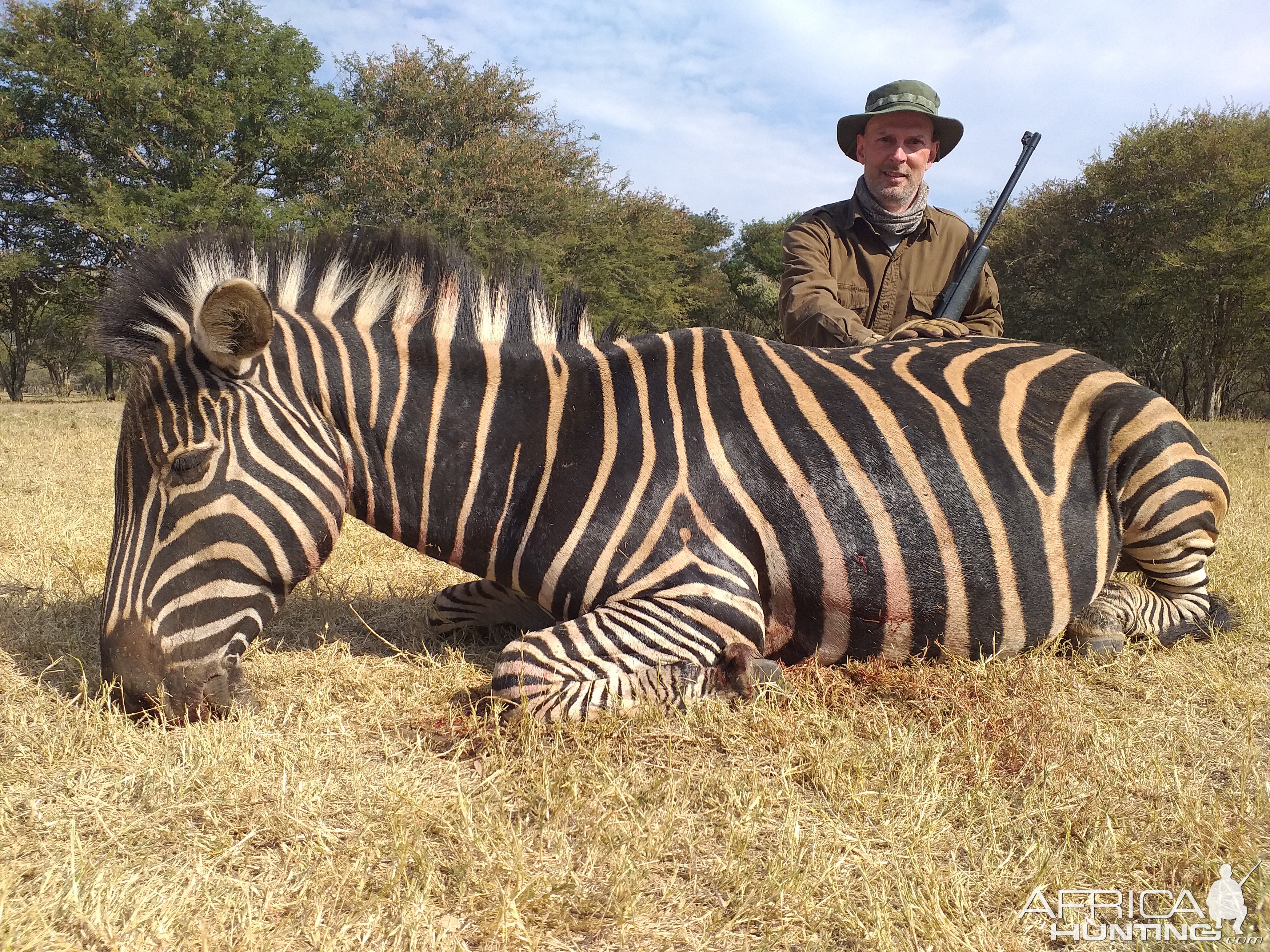I had a weird one last week. Using a 7-08 and Swift 150gr Scirocco ll bullets, I shot a deer at about 70 yards. It was standing at the top of a small ridge, facing me, just at dusk. I aimed dead centre and low on the chest. Obviously hit hard, the deer ran over a small ridge out of sight. Expecting to crest the ridge and see the deer all I found was an initial splatter of dark blood, which stopped immediately. No lung blood. I found subsequent tiny drops spaced about 10' or so apart, perhaps shakened off as the deer bounded away. I figured terrain had guided the deer into a swamp. I got my head lamp and kept looking, but could find no more blood. I kept looping back and forth and finally found good blood then a spot were it had fallen, then again, and suddenly there was the deer, lying in the tall dry grass in about 6" of water, which was covered by a thin veneer of ice.
I managed to drag it out of the swamp, and then get my truck in close and loaded it (using my Z pulley system) into the back, to take home to deal with, as it was now pitch black, cold and my feet were wet.
Once I hung the deer, and opened up the diaphragm, the first thing that happened was the heart fell out followed by most of the lungs. The deer had run about 50 yards or so, with no heart and really no lungs. The bullet had hit exactly where I aimed, dead centre on the lower brisket, and exited at the second to last rib on the left side above centre line.
I guess there was no blood because the deer had no beating heart or working lungs. The boney brisket had closed off blood escaping, and the exit wound was only about the size of a quarter, and as I said, above mid line. Weird. But I do like those Scirocco ll bullets! It pays to keep looking...
